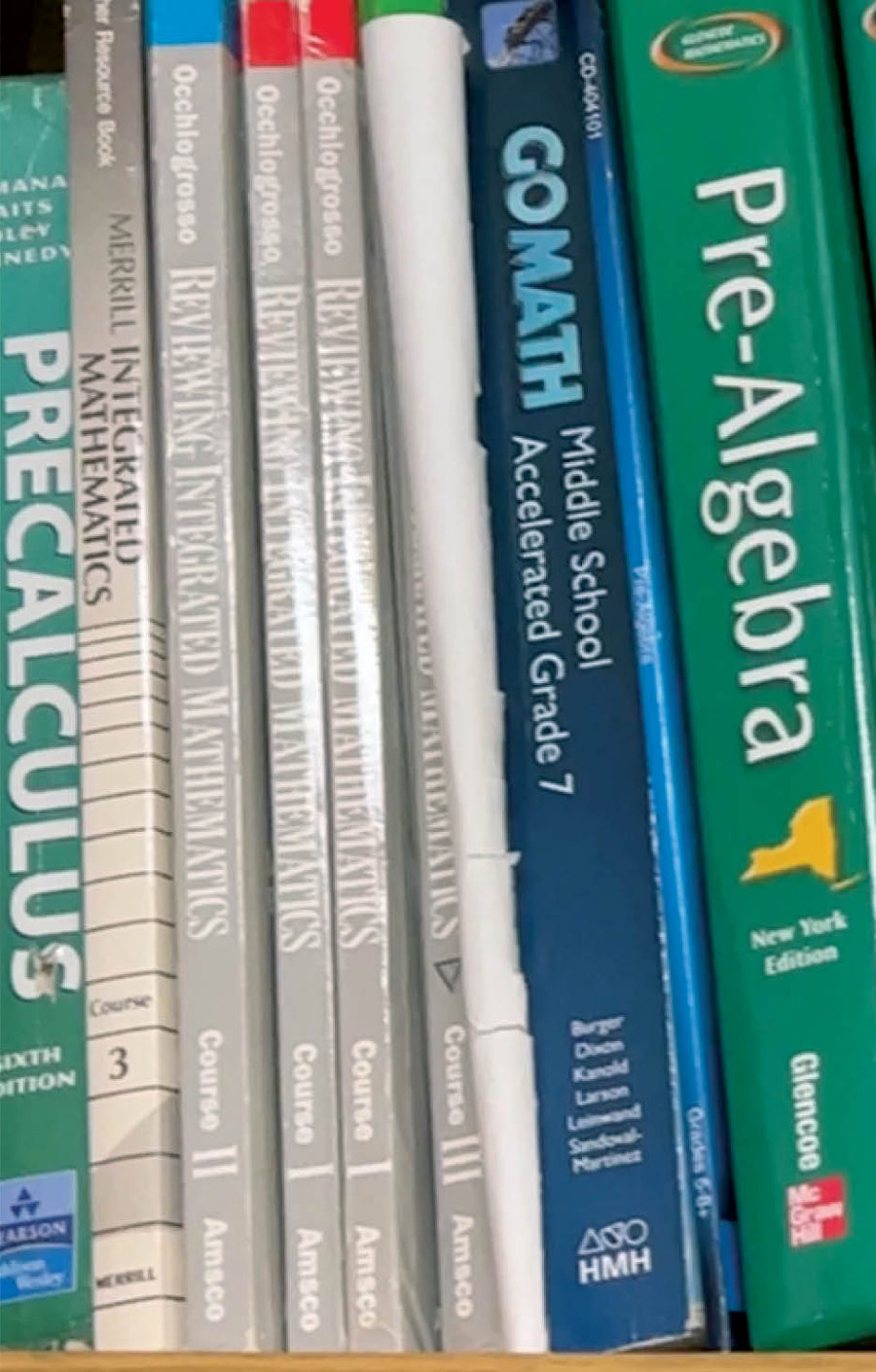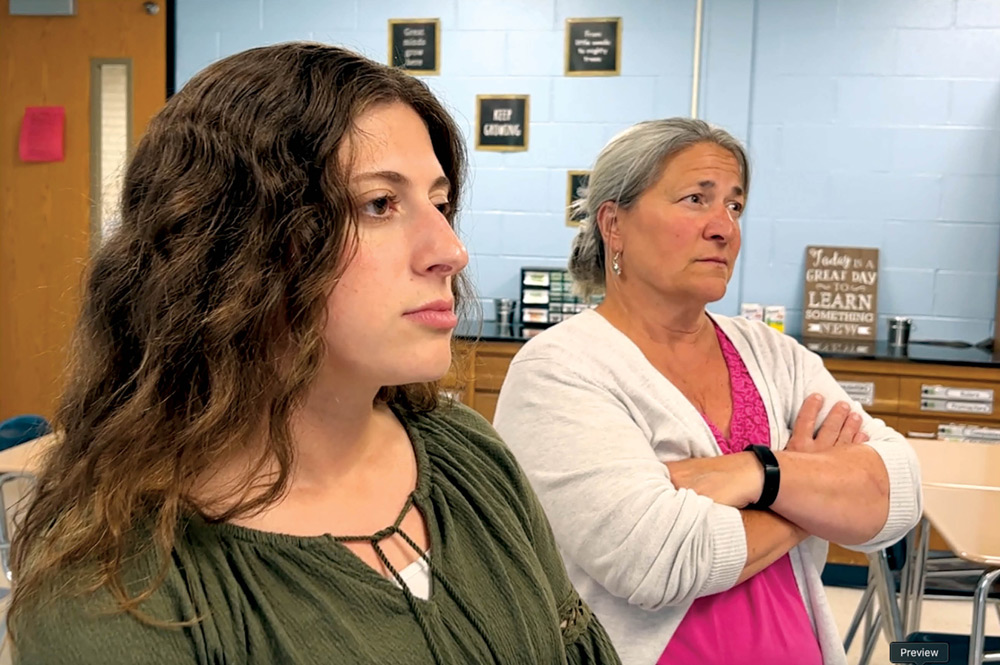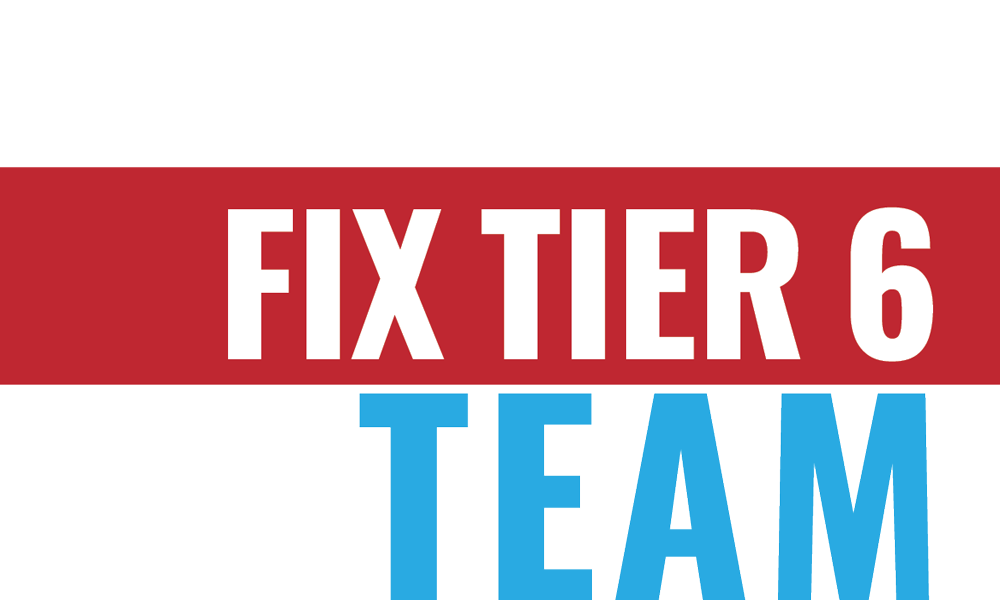Help NYSUT fix tier six


What’s this about?
How did this happen?
How bad is it? Pretty bad.


Why does this matter?
Fixing Tier 6 is about solidarity and fairness.
Fixing Tier 6 is about dignity.
Fixing Tier 6 is about keeping talented educators in the classroom and recruiting new educators into the profession.
Fixing Tier 6 is about unity and power.
In 2022, member vesting dropped from 10 to five years, guaranteeing a pension benefit for 85,000 Tier 6 members. And in 2000, after a decade-long campaign, we ended Tier 4 contributions after 10 years and reduced Tier 4 early retirement penalties.
We know how to fix this, but we need your help!






nna Rossi and her daughter, Michelle Rossi, have a lot in common; they both teach math at Oneonta High School in classrooms right across the hall from one another. After school, they both coach sports and run a Regents review session. At the end of the day, the Oneonta Teachers Association members drive home to the same house.
But despite their identical careers, their retirement plans bear almost no resemblance to one another. “It doesn’t add up,” said Michelle.
The New York State Teachers’ Retirement System and the New York State and Local Employees’ Retirement System, which represents most School-Related Professionals, have six retirement tiers. Tier membership is based on a teacher’s hiring date. Educators hired between Sept. 1, 1983, and Dec. 31, 2009, are part of Tier 4. Members hired on or after April 1, 2012, are part of Tier 6.
Anna is in Tier 4. Michelle is in Tier 6 — or as she and her colleagues call it, “Tier Sucks.”
That is because Tier 6 members who retire after the same length of service as Tier 4 members receive significantly reduced pensions. When Anna retires in a few years, she will earn more than 60 percent of her Final Average Salary, whereas Michelle would only earn 26.4 percent of her salary for teaching the same length of time.
To add insult to injury, Tier 6 members like Michelle pay markedly more for those reduced benefits. Tier 6 members’ pension contributions start at 3 percent and increase as they earn more, reaching 6 percent when teachers earn $101,000. (By contrast, Tier 4 members’ pension contributions end after 10 years and are capped at 3 percent.)
“In Tier 6, you are contributing more, and therefore having more taken out of your paycheck, so you have less money to spend. You are also being asked to work more years and, in the end, you will make less. That’s a significant difference,” said Anna. “And something needs to be done about it.”
Sadly, thanks to a 169 percent increase in college expenses, Tier 6 members are also graduating from college with more student debt, which further eats into their take-home pay. In the 1980s, when Anna attended college, the average tuition was $1,000 per year; today, Michelle is paying about $1,000 per class.
“You either have to go right into graduate school and get a job when you are done or get the job and attend school while you’re teaching. Either way, you’re putting money toward school at the beginning of your career, and it’s a lot compared to what you’re making,” said Michelle.
(NYSUT’s New Deal for Higher Ed seeks a generational investment so all New Yorkers can access quality public higher education. Learn more at NewDealForHigherEducation.org.)
At the beginning of her career, Anna said it was not easy to make ends meet, either. During the summers, she worked at a sports shop and cleaned houses to offset her skimpy paychecks. She knew once she got through the first 10 years, she would be able to relax a little.
“We don’t start off with a high salary as it is, and we are expected to do much more for what we get paid, so the retirement benefits sort of make up for that,” said Anna.
Unfortunately, Michelle does not have that same comfort, and she is not the only Tier 6 member crunching numbers and shaking her head. The current state of Tier 6 is leaving many educators wondering if teaching is worth it.
“You’re going to lose good people,” said Anna. “You’re going to lose good teachers. I’m happy NYSUT is taking a stand on this.”


